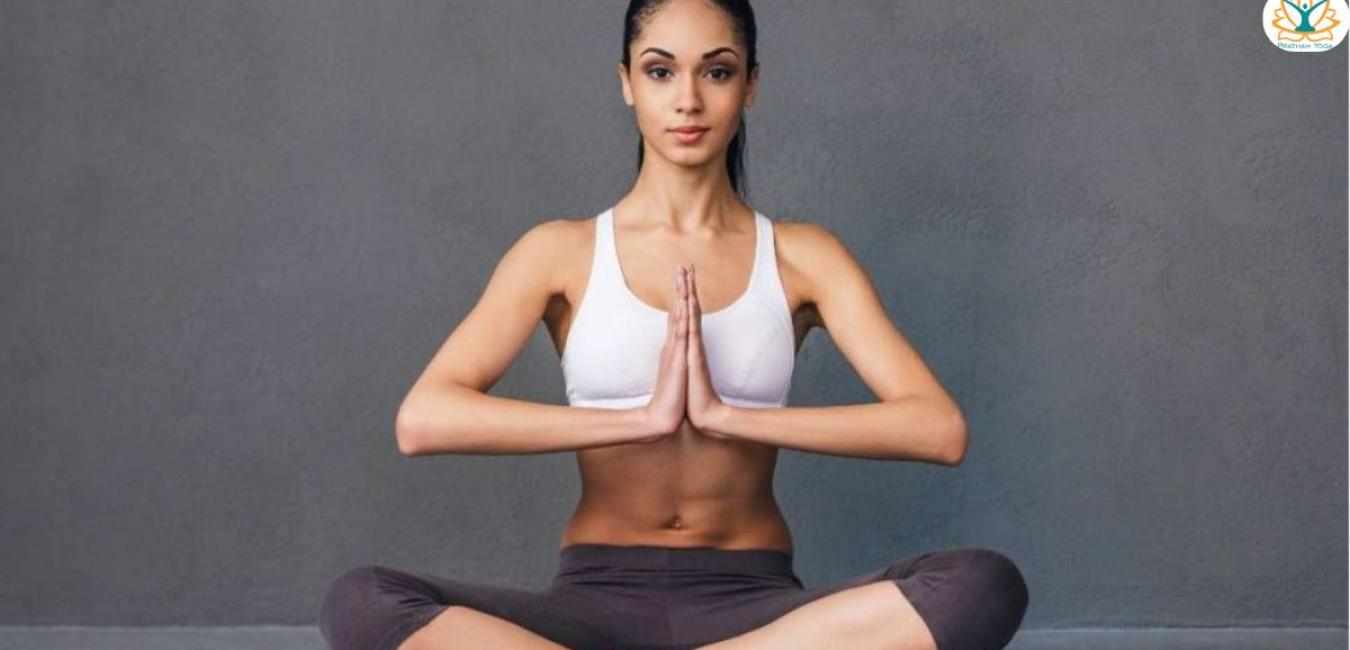
Human beings across cultures and traditions have always used gestures to express feelings, respect, and devotion. Among these, the prayer gesture—joining the palms together at the center of the chest—is one of the most universal and meaningful. Known in yoga as Anjali Mudra, this gesture appears in spiritual practices, greetings, meditation, and yoga sessions worldwide.
Though the action looks simple, the prayer gesture embodies balance, humility, gratitude, and mindfulness. It is more than a ritual; it is a bridge between the body, mind, and spirit. In this blog, we will explore its origins, symbolism, benefits, and practical ways to use the prayer gesture in modern life.
Origins and Symbolism of the Prayer Gesture
The prayer gesture has roots in ancient cultures and religions:
In yoga and Hindu traditions, it is called Anjali Mudra, meaning “gesture of offering.” It symbolizes reverence and devotion.
In Buddhism, it is used as a sign of respect and recognition of the sacred.
In Christianity, folded hands or palms together signify prayer and surrender to divine will.
In daily greetings such as Namaste, the gesture honors the divinity within others.
The prayer gesture represents unity of opposites—the left and right, masculine and feminine, human and divine. It symbolizes balance and connection, both internally and externally.
How to Practice the Prayer Gesture
Performing the prayer gesture is simple, but its depth lies in mindfulness:
Sit comfortably or stand tall in Mountain Pose (Tadasana).
Bring your palms together at the center of your chest.
Allow the thumbs to gently touch the breastbone.
Relax your shoulders while keeping the spine straight.
Close your eyes and take slow, deep breaths.
This gesture can be practiced for a few moments to center yourself, or as part of yoga, meditation, or prayer.
Physical Benefits of the Prayer Gesture
While subtle, the prayer gesture influences the physical body in significant ways:
Improves posture by aligning the spine and opening the chest.
Supports balanced breathing by creating space in the rib cage.
Strengthens wrist and hand flexibility through gentle pressure.
Relieves shoulder tension as the shoulders naturally relax.
Encourages stillness which benefits overall body awareness.
Even a short pause in the prayer gesture during the day can reset the body and bring balance.
Emotional and Mental Benefits
The prayer gesture is deeply soothing to the mind and emotions:
Reduces stress and anxiety by encouraging mindful breathing.
Creates inner calm in moments of chaos or pressure.
Promotes mindfulness by directing attention inward.
Cultivates gratitude and compassion toward oneself and others.
Builds emotional balance by bringing awareness to the heart center.
This makes it an excellent tool not only for spiritual practice but also for modern-day stress management.
Spiritual and Symbolic Benefits
The prayer gesture is more than a physical position; it carries deep spiritual meaning:
Symbol of reverence – A sign of respect for the divine or higher self.
Gesture of unity – Represents oneness with others and with universal energy.
Invitation to humility – Encourages surrender of ego and openness of heart.
Connection to sacred rituals – Used in greetings, prayers, and meditation across traditions.
In yoga philosophy, it is believed to harmonize the energies of the right and left hemispheres of the brain, leading to inner balance.
The Prayer Gesture in Yoga Practice
In yoga sessions, the prayer gesture is often used:
At the beginning – To set an intention for practice.
During meditation – To focus the mind and connect with inner stillness.
In transitions – Common in poses like Mountain Pose or during Sun Salutations.
At the end – To close practice with gratitude and calm.
It is an accessible gesture, suitable for beginners and advanced practitioners alike.
The Prayer Gesture Beyond Yoga
One of the greatest advantages of the prayer gesture is its universal presence. It can be incorporated into daily life, regardless of religious or spiritual background:
A way to express gratitude before meals.
A tool to center yourself before an important meeting or event.
A grounding ritual to start or end the day.
A mindful pause during stressful moments.
By using this simple gesture, ordinary moments can be transformed into opportunities for reflection and balance.
Variations of the Prayer Gesture
The traditional prayer gesture is done at the chest, but variations exist:
Overhead Prayer Gesture – Palms joined above the head, symbolizing openness and surrender.
Forehead Prayer Gesture – Palms at the forehead, associated with clarity and wisdom.
Heart-Centered Prayer Gesture – Palms at the heart, representing compassion and gratitude.
Each variation carries its own symbolic intention, allowing flexibility in practice.
The Universal Language of the Prayer Gesture
The prayer gesture demonstrates how one symbol can transcend cultures and languages. Whether expressed as Namaste in India, folded hands in Christianity, or Gassho in Japanese Zen traditions, it conveys respect, humility, and sacred connection.
This universality makes the prayer gesture a reminder of our shared humanity and the common desire for peace, reverence, and unity.
Final Thoughts
The prayer gesture may appear simple, yet it carries immense meaning. It is a symbol of devotion, balance, and mindfulness that transcends cultures and traditions. Physically, it improves posture and encourages calm breathing. Emotionally, it reduces stress and cultivates gratitude. Spiritually, it represents reverence, humility, and connection with the divine.
By practicing the prayer gesture regularly—in yoga, meditation, or daily life—we can invite greater harmony, awareness, and peace into our lives. It is a timeless reminder that true strength lies not in outward action but in inner stillness and respect.
Through this humble yet powerful gesture, we honor ourselves, others, and the universal energy that connects us all.




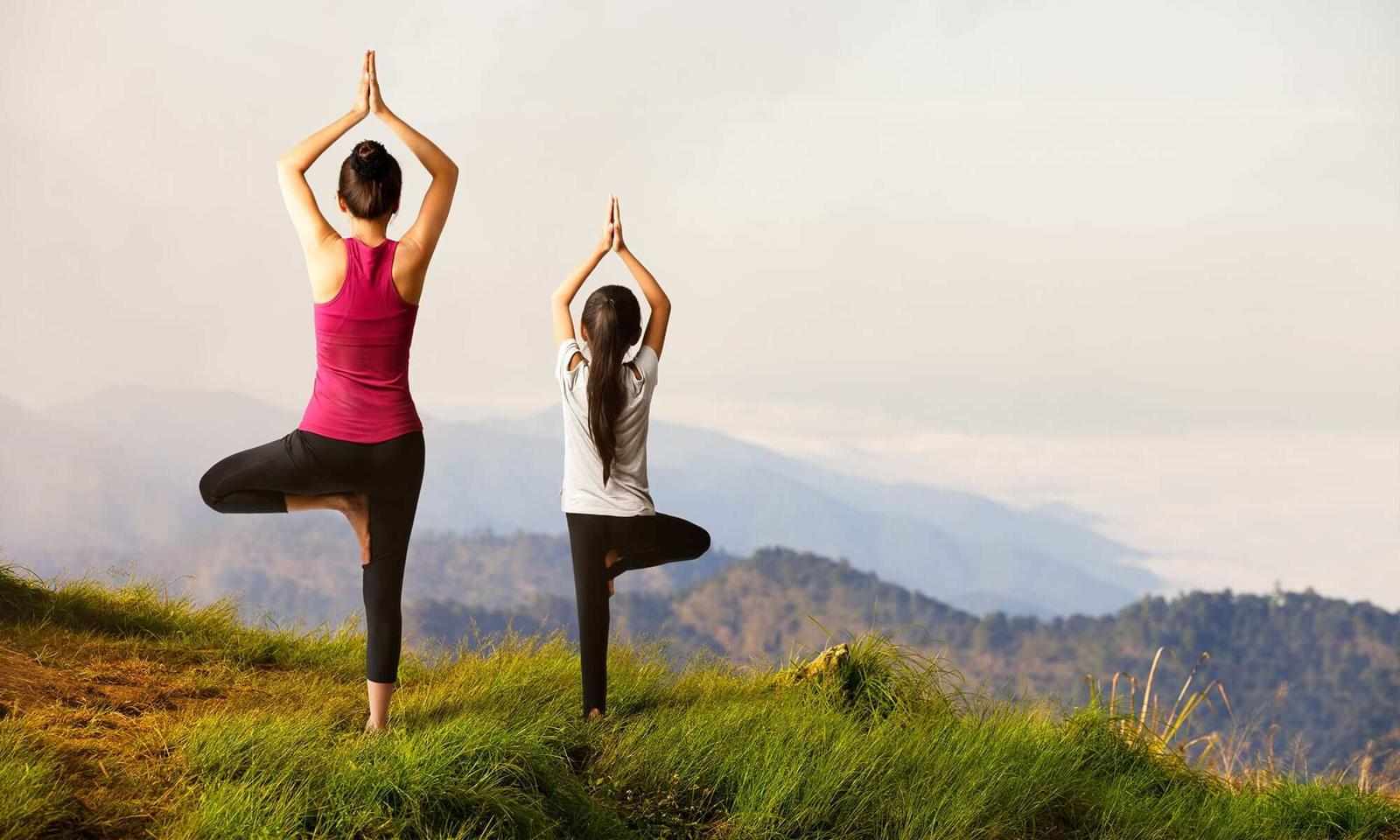
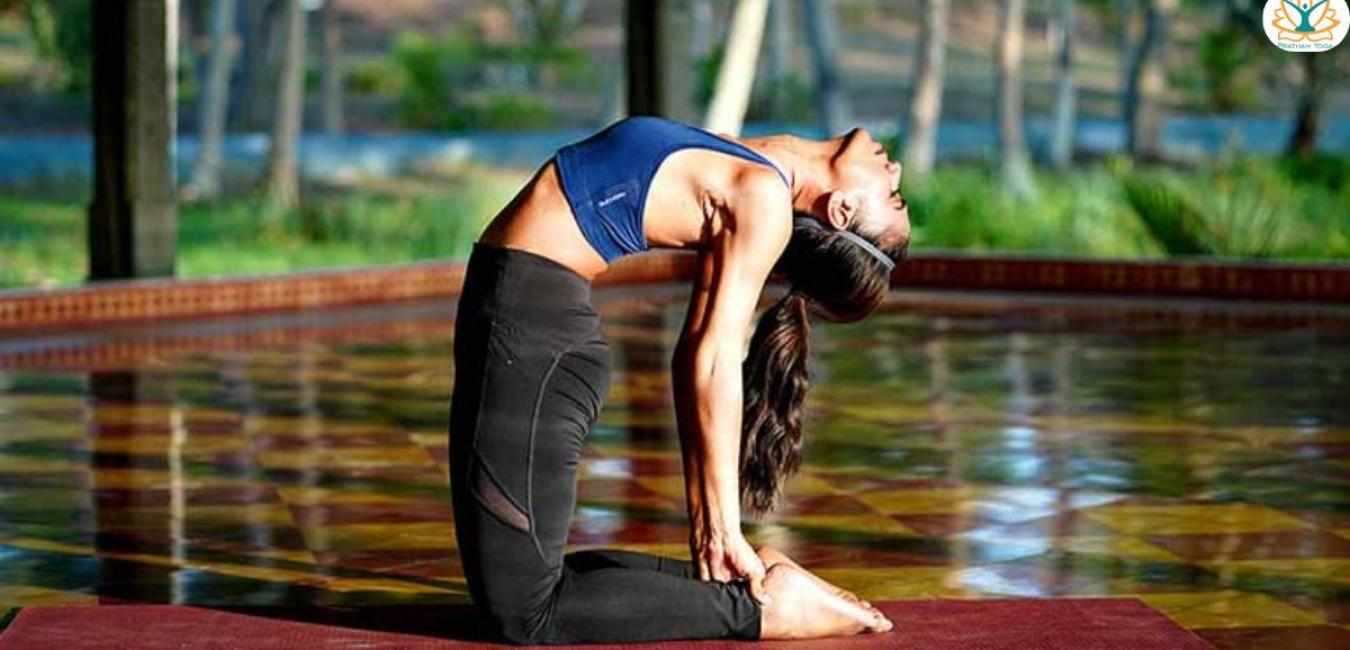
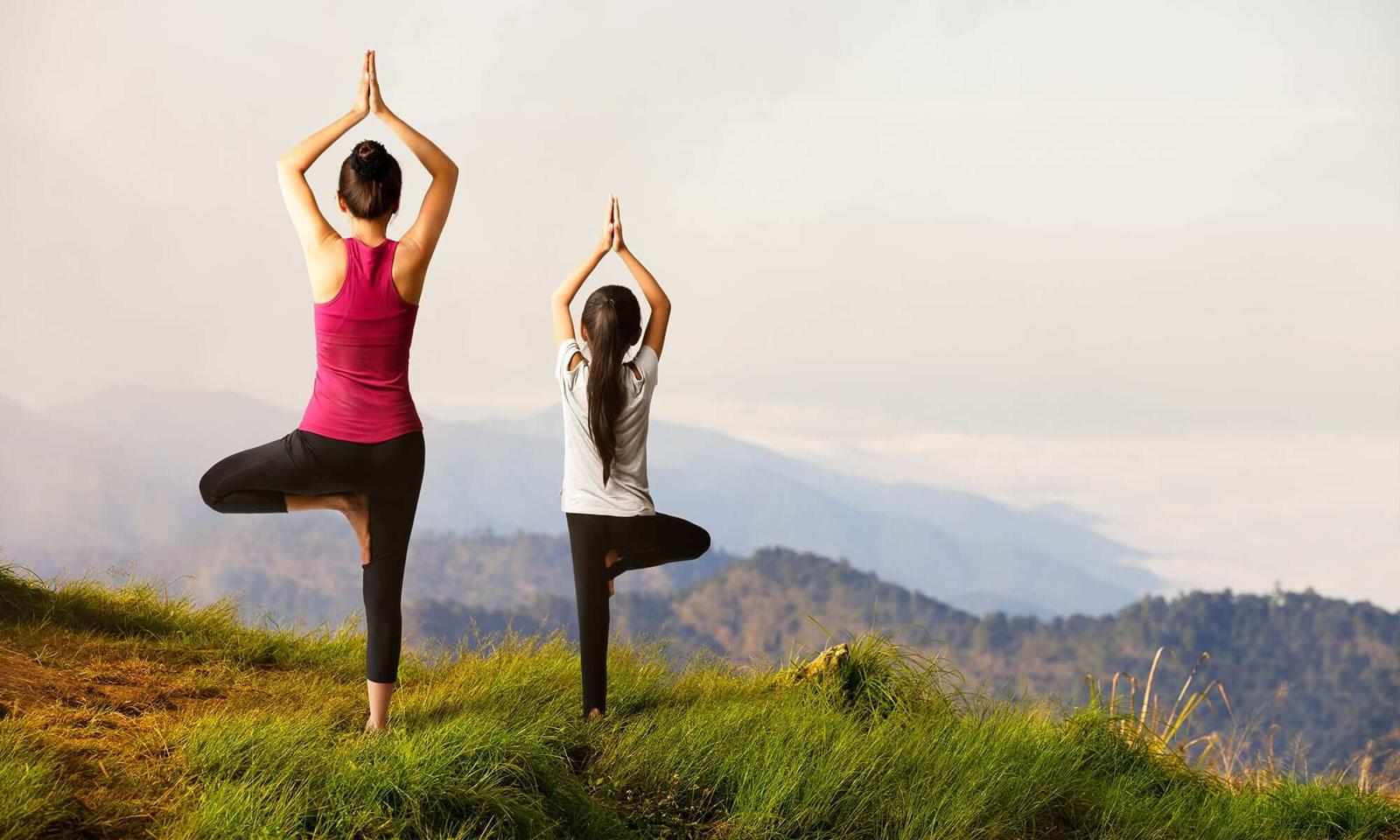
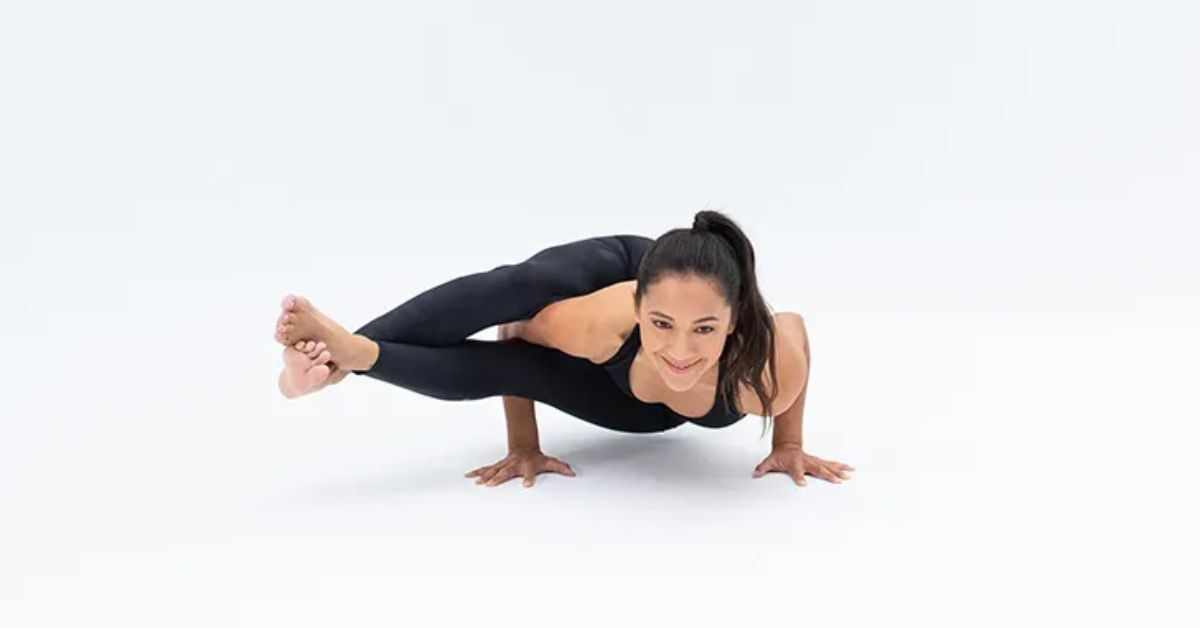


Write a comment ...